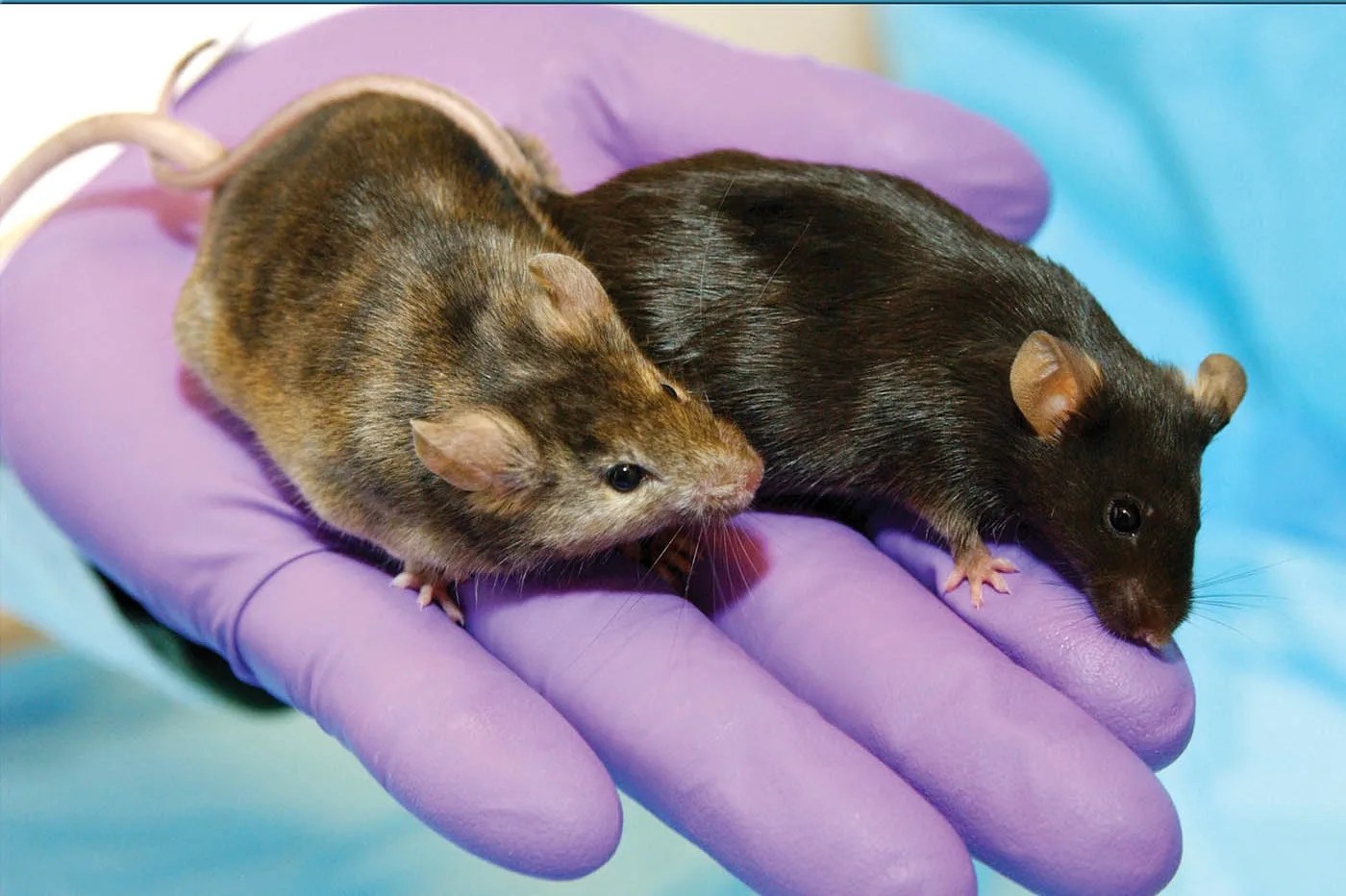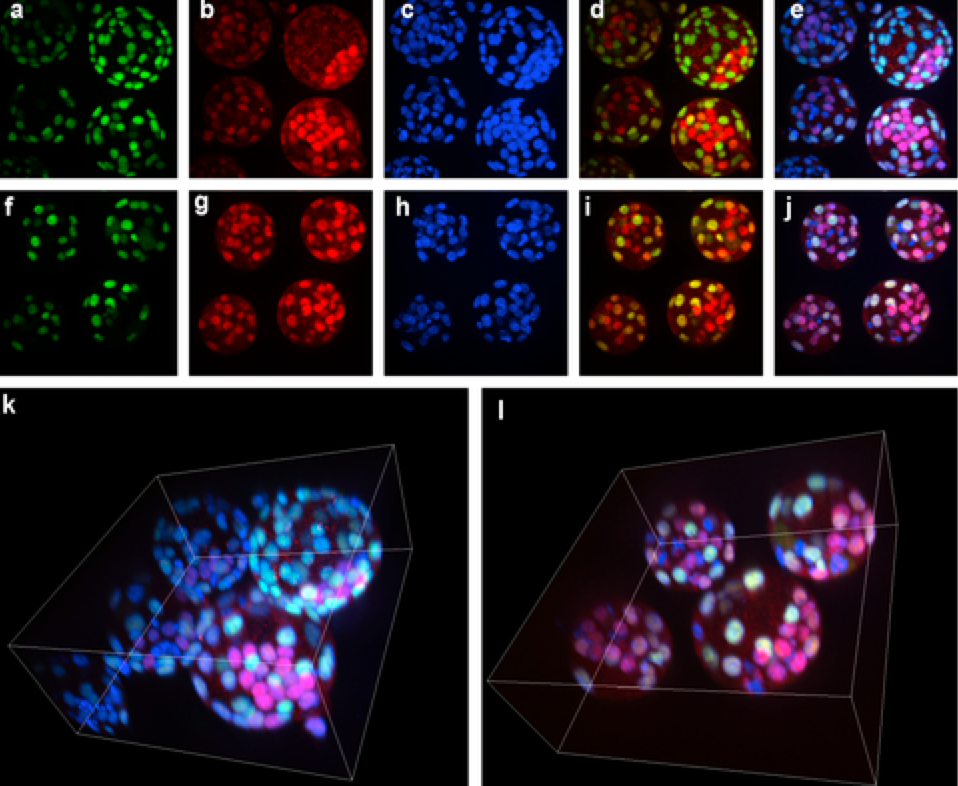Developmental, Reproductive & Evolutionary Biology Program
Experiments
Mammary Metabolism
On Earth, gravity is constant. In spaceflight, gravity becomes a variable environmental stimulus — from the greater g-loads at launch to the microgravity aboard the ISS. To better understand the developmental response of mammals to gravity, scientists created an experiment that used a 24-foot centrifuge to create conditions of hypergravity. Starting at 1 g, they applied chronic acceleration over time until they reached 2 g, and then they looked at the graded effects across systems.
Specifically, researchers looked at the metabolic changes in mammary glands. Would animals lactate? Would hormones be disrupted? The experiment enabled them to draw a direct line between mammary metabolic activity and g-load.
Fertility
To understand how animals adjust to conditions of hypergravity, scientists conducted follow-up experiments to examine mating of males and females after the mice experienced conditions of hypergravity on the centrifuge. They followed the estrous cycles while the animals spun, then mated the males and females. The stimulus of hypergravity influenced biological systems in a dramatic way. There was a delay in female conception, but they eventually became pregnant.
Birth
Mammalian birth requires a highly regulated synchrony of tissue to propel a fetus from the womb. Connexin-43 is a gap junction protein that synchronizes the actions of the uterine cells at time of birth. An experiment revealed less protein in microgravity, and due to the reduced effectiveness of the contractions, birth required twice as many contractions in flight compared to ground controls during the same time period.
Development
Foundational changes in pregnancy can occur that are persistent over the lifetime of an individual. Recent advances in biomedicine gave scientists new awareness of fetal programming; that is, what happens during pregnancy makes a difference to offspring as they grow.
Epidemiological studies based on data from the Dutch Famine of 1944-1945, in which pregnant mothers only received half the calories they needed, revealed that the Dutch experienced much higher rates of chronic diseases such as diabetes, high blood pressure, and obesity than are typically seen in a wealthy population.
Scientists conducted experiments to help understand how rodent babies would respond to fetal stress. Researchers in the lab examined cells, tissues, and entire organisms from the previous 2 g study to understand post-natal development and formation in a physiological system. Specifically, they looked at an enzyme that is protective of the fetus when it is exposed to the stress hormone corticosteroid.
Additional Resources
Search the NASA Task Book
To learn more about current and upcoming research projects in the NASA Space Biology Program, search the Task Book: Biological and Physical Sciences Division and Human Research Program. Our online database of research projects includes project descriptions, annual research results, research impacts, and a listing of publications resulting from this NASA-funded research.
Life Sciences Data Archive
A searchable archive of NASA life sciences research is available at the Life Sciences Data Archive.
GeneLab Data Repository
Experiments that explore the molecular response of terrestrial biology to spaceflight have generated vast amounts of genomics data that are now publicly available for download from GeneLab.
































